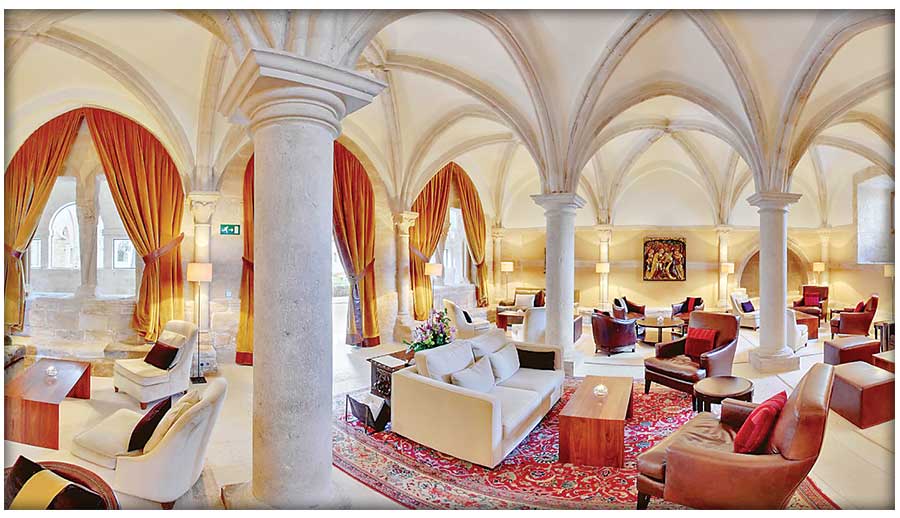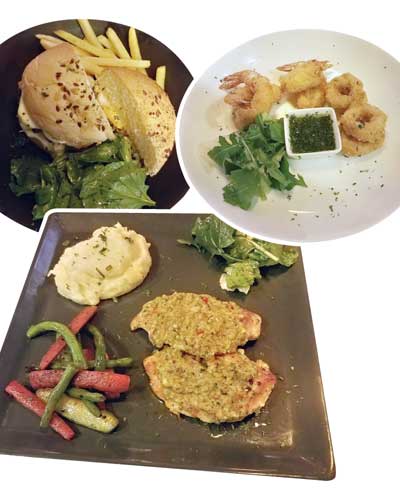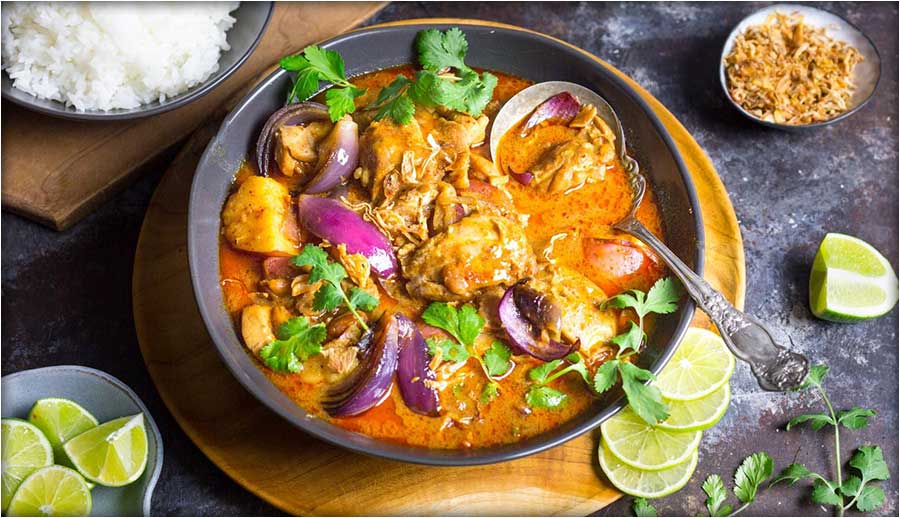Laugarvatn Fontana, Iceland
- 06 Apr - 12 Apr, 2024

Luxe Retreat
This is a five-star wine and spa hotel in a former abbey with superb service and cuisine. Restored and converted into a hotel by a Swiss-Italian architect Marco Serra, the building’s original use been respected as far as possible. Furniture throughout the hotel is classic contemporary style with soft leather chairs, sumptuous sofas and French oak floors. The estate covers 1,730 acres with 500 acres of vineyards and is flanked by some of Spain’s most prestigious wineries. LeDomaine is just outside the village of Sardón de Duero in the Ribera del Duero area in the province of Valladolid in central Spain. It is 112 miles north of Madrid and 57 miles north of Segovia. Lots of towns and villages of historic and gastronomic interest are half an hour or so away. The estate itself and the surrounding area are good for walking and cycling. Guests can borrow bikes to cycle along the banks of the Duero canal, around the vineyards or farther afield. As well as the new spa, there is a yoga room and a gym with Technogym, Kinesis and TRX equipment.

Table to book
This eatery has opened its branch at Sindhi Muslim just a month ago and is offering an exclusive menu which include a selection of appetisers, salad, seafood, steaks and grilled meat, burgers and sandwiches. I dropped by at lunch to try what their new menu has to offer and ordered crispy prawns and calamari with chimichurri, 100% ground beef burger and chicken breast fillet with oriental sauce. Dips and sauces can give a twist to the same old fried eatables, and that is exactly what chimichurri did for the appetiser in question. The prawns and calamari were too crispy, the kind where the coating flakes off after the first bite, and didn’t have a strong seasoning. Combined with chimichurri, and Argentinian delite made with choped parsley, minced garlic, a dash of oregano and lots of olive oil, they tasted well-seasoned and became quite enjoyable. If ordering at Vintage, you should be prepared to hear that things on the menu are out of stock because that is exactly what I heard a multiple times. After a few reconsiderations, I finally went ahead with chicken breast fillet with oriental sauce. Another thing you might want to keep in mind is not to expect to get exactly what you order. The grilled fillet wasn’t served with rice, instead with a side of sautéed vegetables and mashed potato, and the sauce was more like a marinade paste. Fans of Thai cuisine might enjoy the well cooked chicken for the spice mix had strong flavours of galangal, lemongrass and red chilli. The vegetables, especially the sweet carrot, tasted really good, and so did the mashed potatoes, the silkiest and tastiest you would get! The best from the selection was definitely the beef burger. The mince was evenly and finely grounded, and made to form a thick patty that rested in a soft toasted bun, lettuce, tomatoes, cheese and a creamy dressing. The side of fries might have been a tad bit too salty, the burger is definitely worth ordering again. The tropical cooler, a mix of strawberry syrup, pinapple and orange juice, was a major let down. It tasted like milky Rooh Afza, so I’d steer clear of that if I were you! – Sidra S. Khan

What’s in the menu?
This is a rich, relatively mild Thai curry. According to Thai food expert David Thompson, the dish originated in 17th century Central Thailand through the Persian merchant Sheik Ahmad Qomi. Some theories contend that its name is derived from the Malay word “masam”, which means "sour". Due to its Muslim roots, this curry is most commonly made with chicken, but there are also variations using duck, beef, mutton, goat, and vegetables. The flavours of the massaman curry paste come from spices that are not frequently used in other Thai curries. Cardamom, cinnamon, cloves, star anise, cumin, bay leaves, nutmeg and mace would, in the 17th century, have been brought to Thailand from the Malay Archipelago and South Asia by foreigners, a trade originally dominated by Muslim. These are combined with local produce such as dried chilli peppers, coriander seeds, lemongrass, galangal, white pepper, shrimp paste, shallots and garlic to make the massaman curry paste. This paste is first fried with coconut cream, and only then are meat, potatoes, onions, fish sauce or salt, tamarind paste, sugar, coconut milk and peanuts added. Massaman is usually eaten with rice, in a meal together with other dishes. There are also traditional versions using oranges, orange juice, or pineapple juice as additional ingredients. A 100g serving of beef massaman provides approximately 183 calories; 8g fat, 13g of protein, 15g of carbohydrate, 2g of fibre, 4g of sugar, 204mg of sodium and 27mg of cholestrol.
COMMENTS